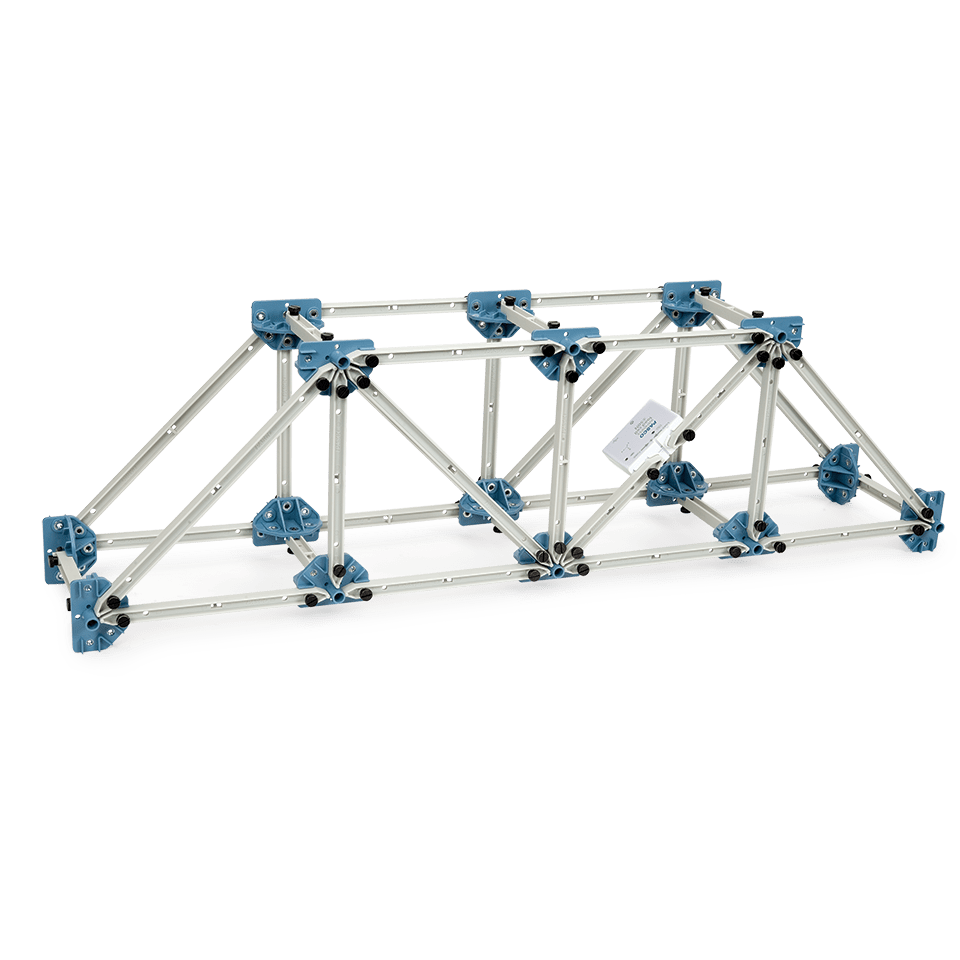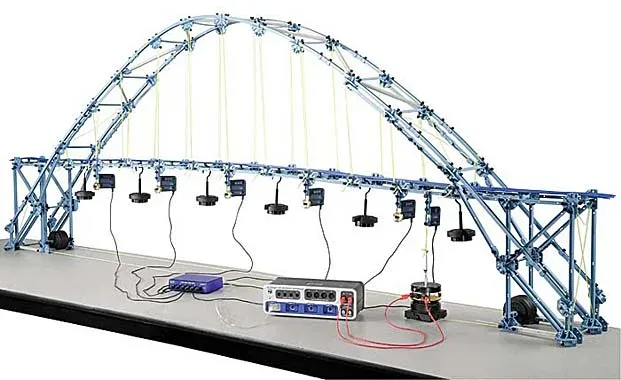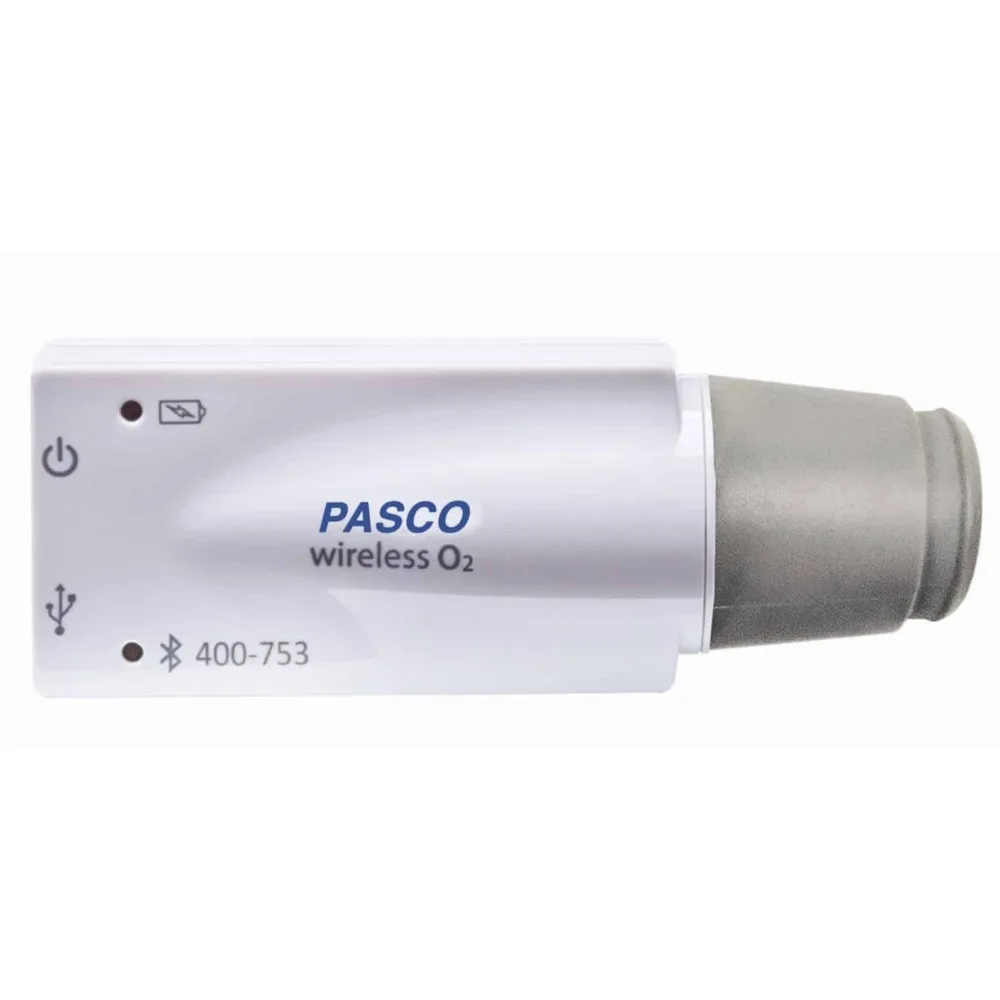The Building Better Bridges Kit provides fun, intuitive and lasting lessons about the construction of bridges. When a load is applied, which parts of the bridge are under tension and which parts are experiencing compression? Why do trusses have triangles? How do we predict failure? The real lessons of STEM are in the design-test-redesign cycle. Based on our successful Structures Systems, this kit uses various sized I-beams, connectors and truss screws to allow students to quickly assemble simple trusses as well as bridges. And with the new Wireless Load Cell (PS-3216) that comes included in the kit, students can measure forces under tension or compression anywhere on their structure and see the results in real-time with PASCO software.
The Wireless Load Cell ±50N is a combination of wireless and USB sensor that connects to a computer or tablet device through Bluetooth, and can also connect to a
computer with a USB cable (included). The sensor measures force up to ±50 newtons (N) and acceleration up to ±16 g (1 g = 9.8 m/s2). The sensor measures compression and tension forces in any component of the PASCO Structures Systems as a push or pull along its X axis and measures acceleration in three dimensions (X, Y, and Z). The PASCO Data Collection Software can show the compression or tension forces, the acceleration in X, Y, and Z, and the resultant acceleration. Use Pasco SPARKvue or Capstone software for data capturing and visualization.
Best of all, this complete STEM kit and the accompanying labs are ideal for pairing with your existing bridge-building activity. Your students can learn about bridge-building and how bridges really work while applying engineering design concepts. They can use the I-Beams to build bridges and structures that behave like the real thing and take what they’ve learned to build more successful toothpicks, balsa wood, or popsicle stick bridges!
Experiment Description
- Moments in Equilibrium. For a bridge to be in a state of equilibrium, the loads are balanced by the reaction forces in the supports. If the load is placed exactly between two pillars of a bridge, each pillar will carry a support force equal to half of the load.
Compare forces for different Bridge configurations.
Other models
Check also Advanced Structures Set – ME-6992B or Bridge Vibrations Experiment – EX-5548 if you want to use more elements.











Reviews
There are no reviews yet.